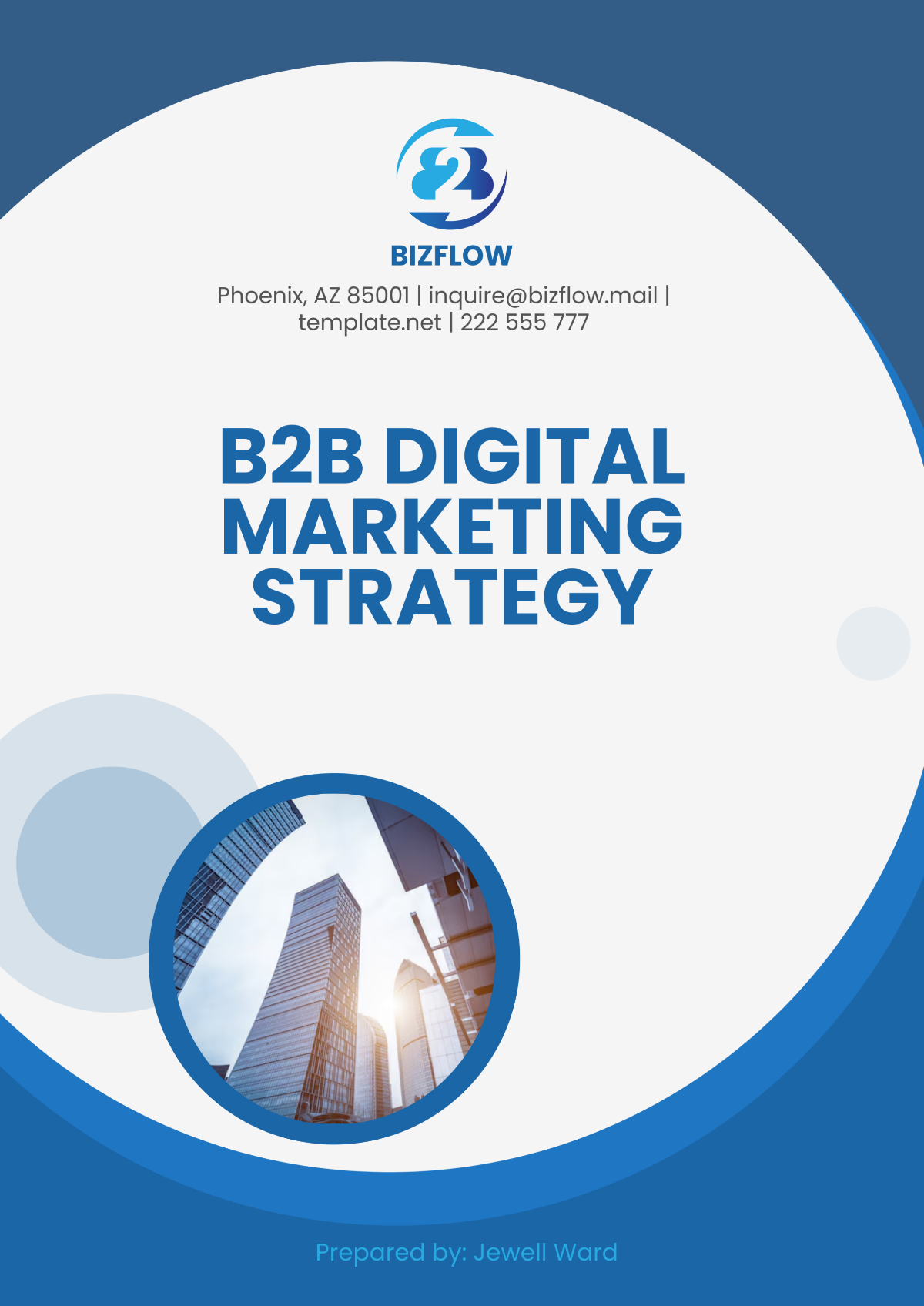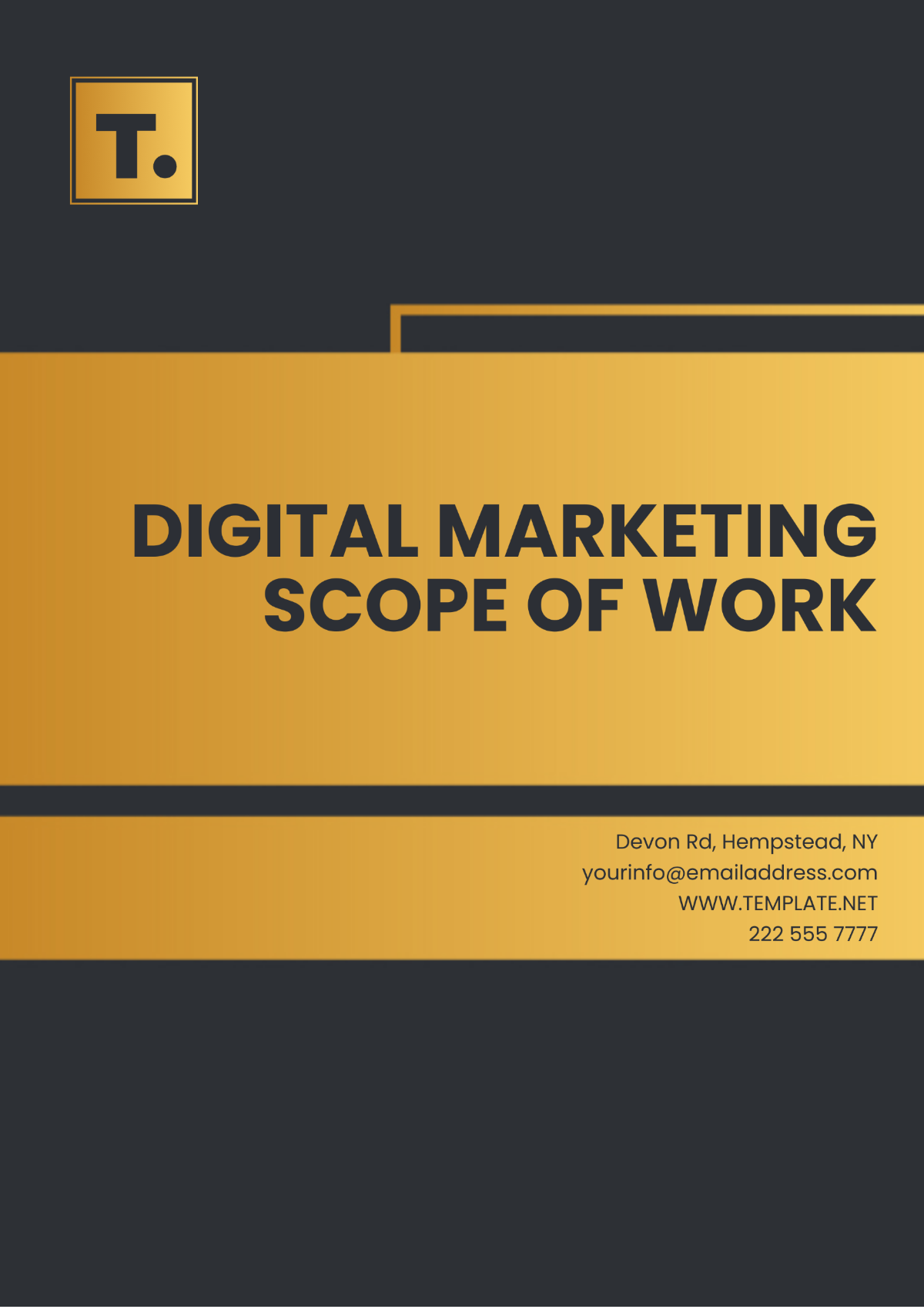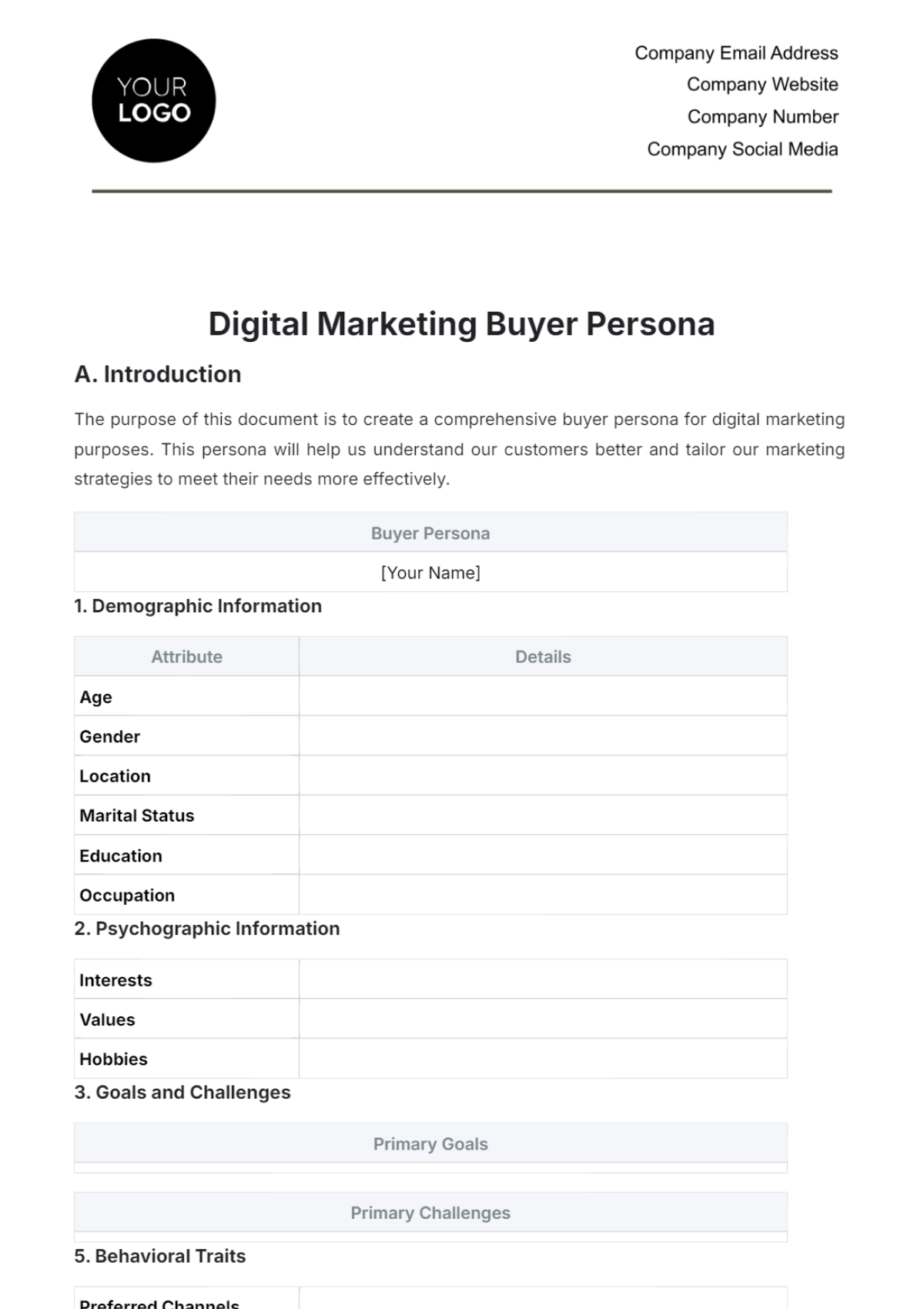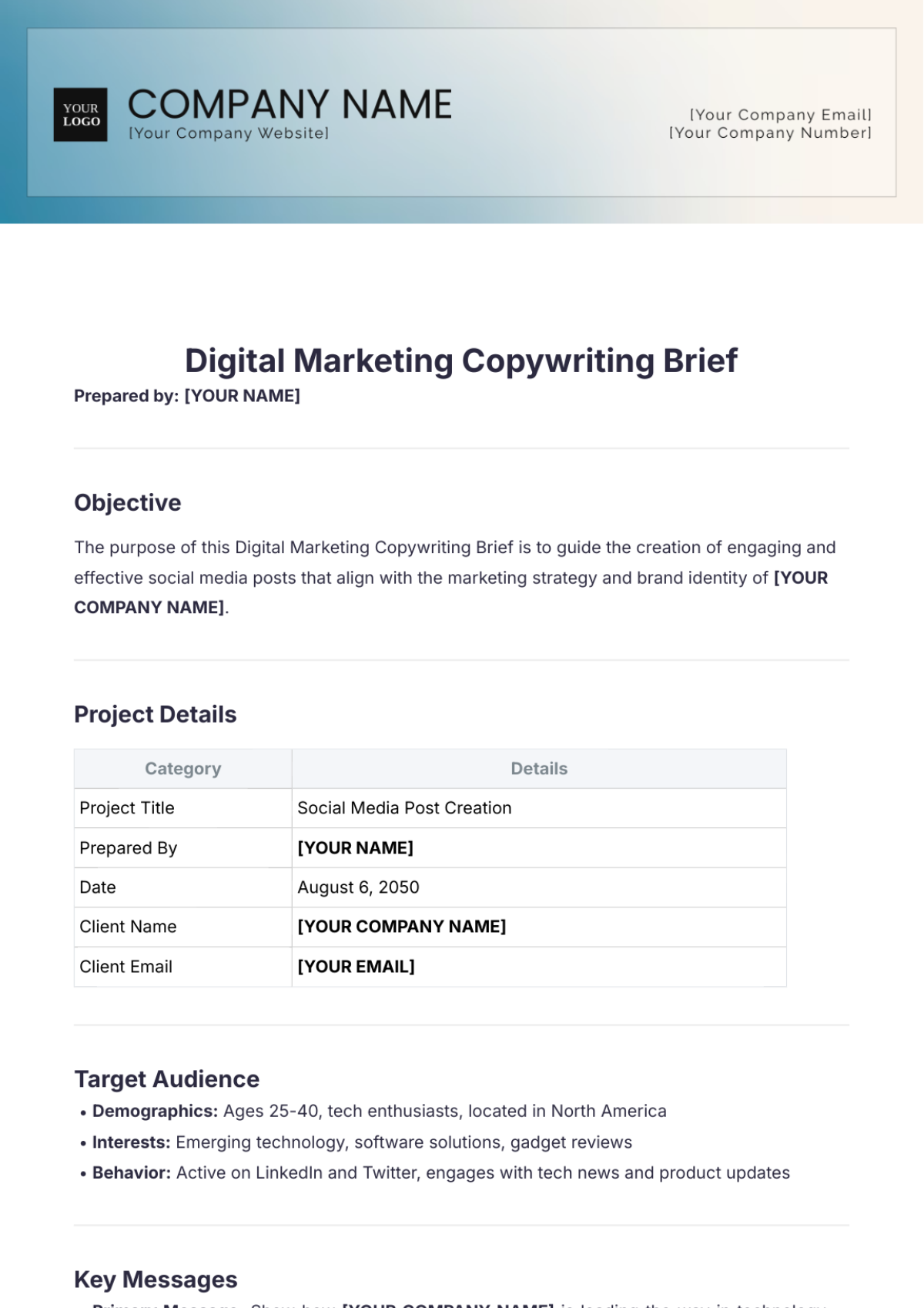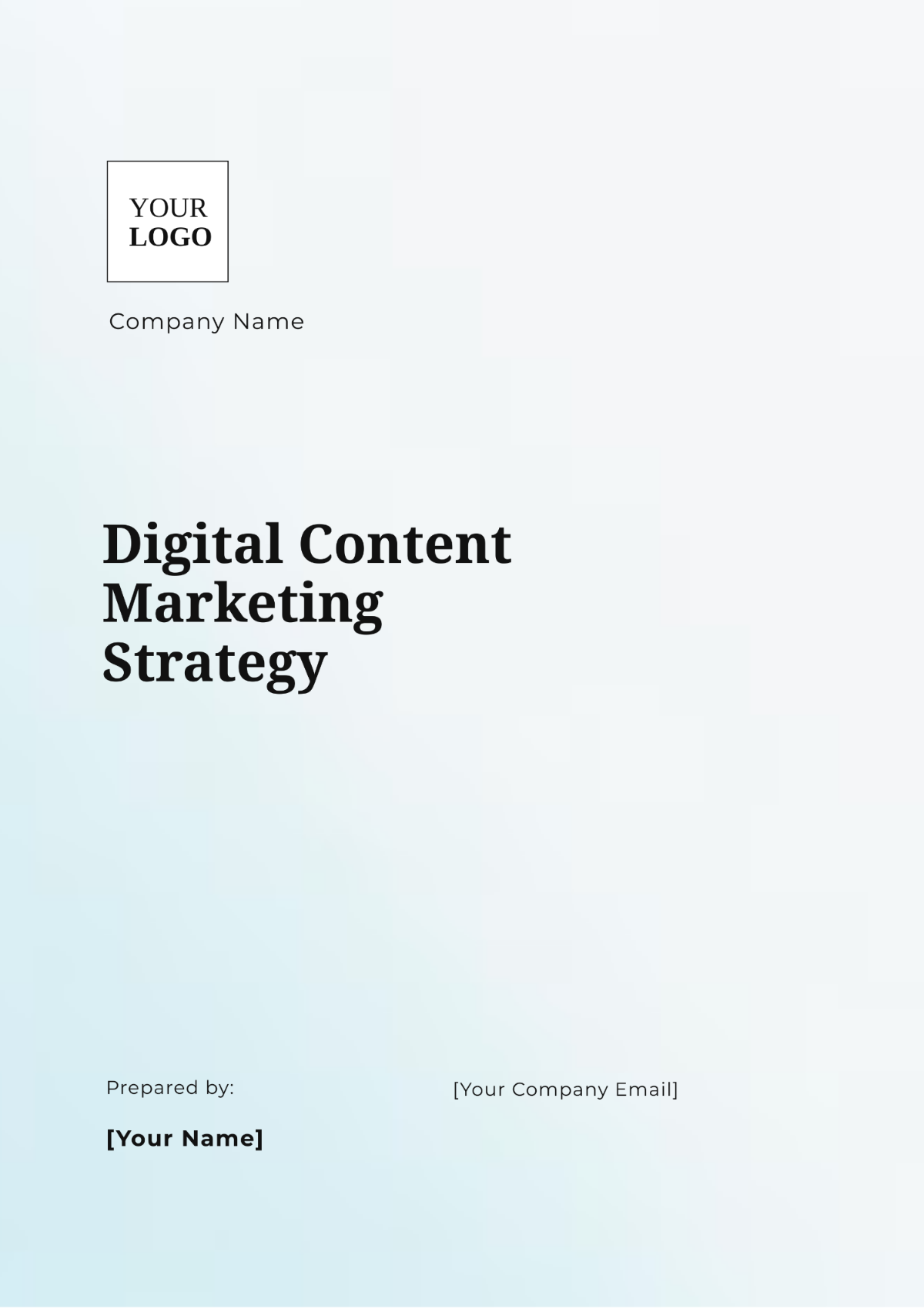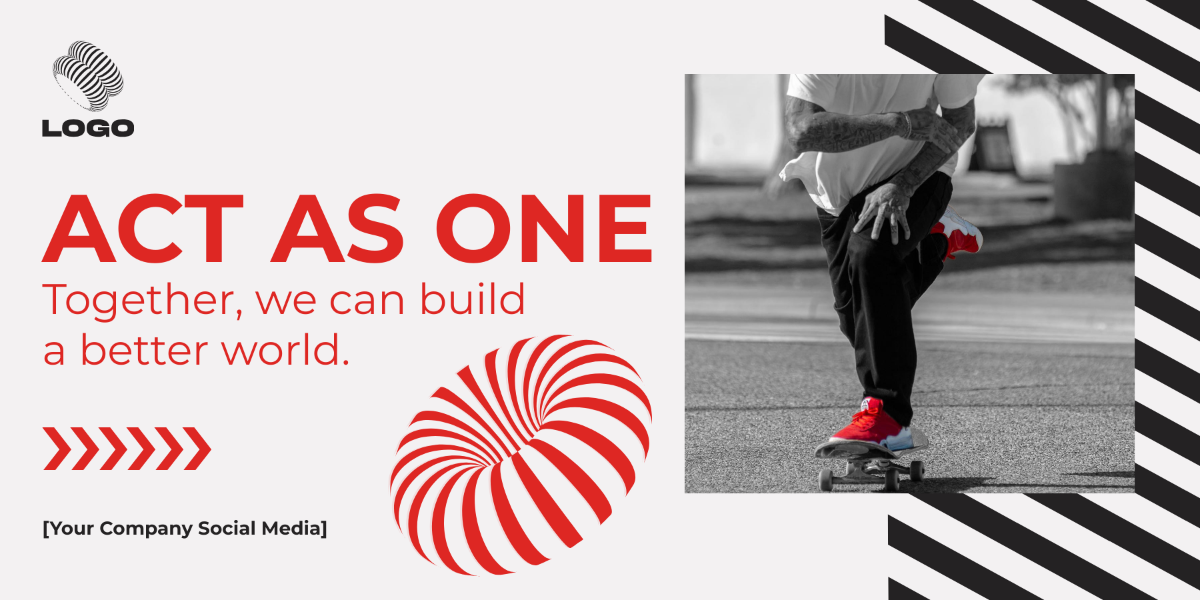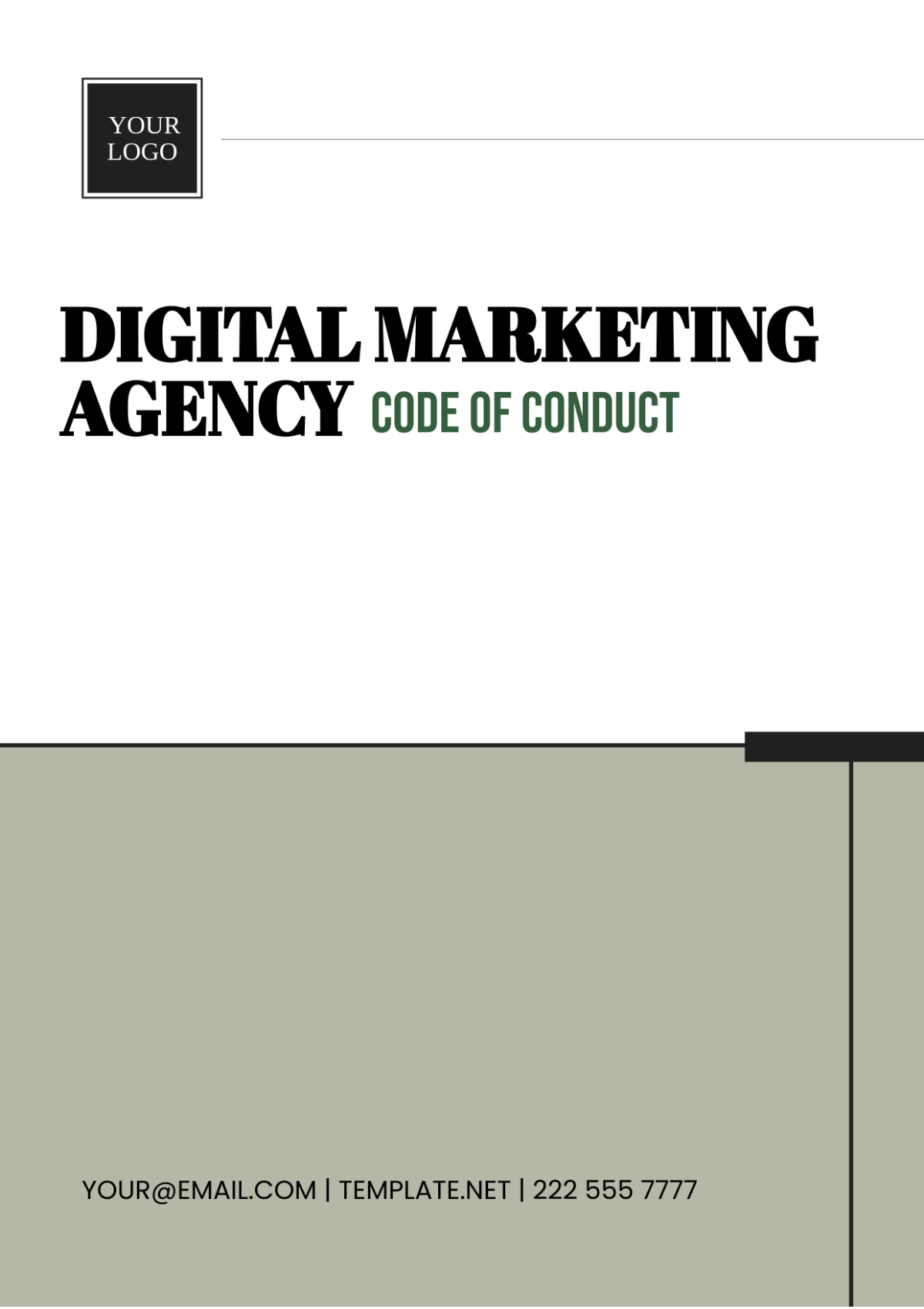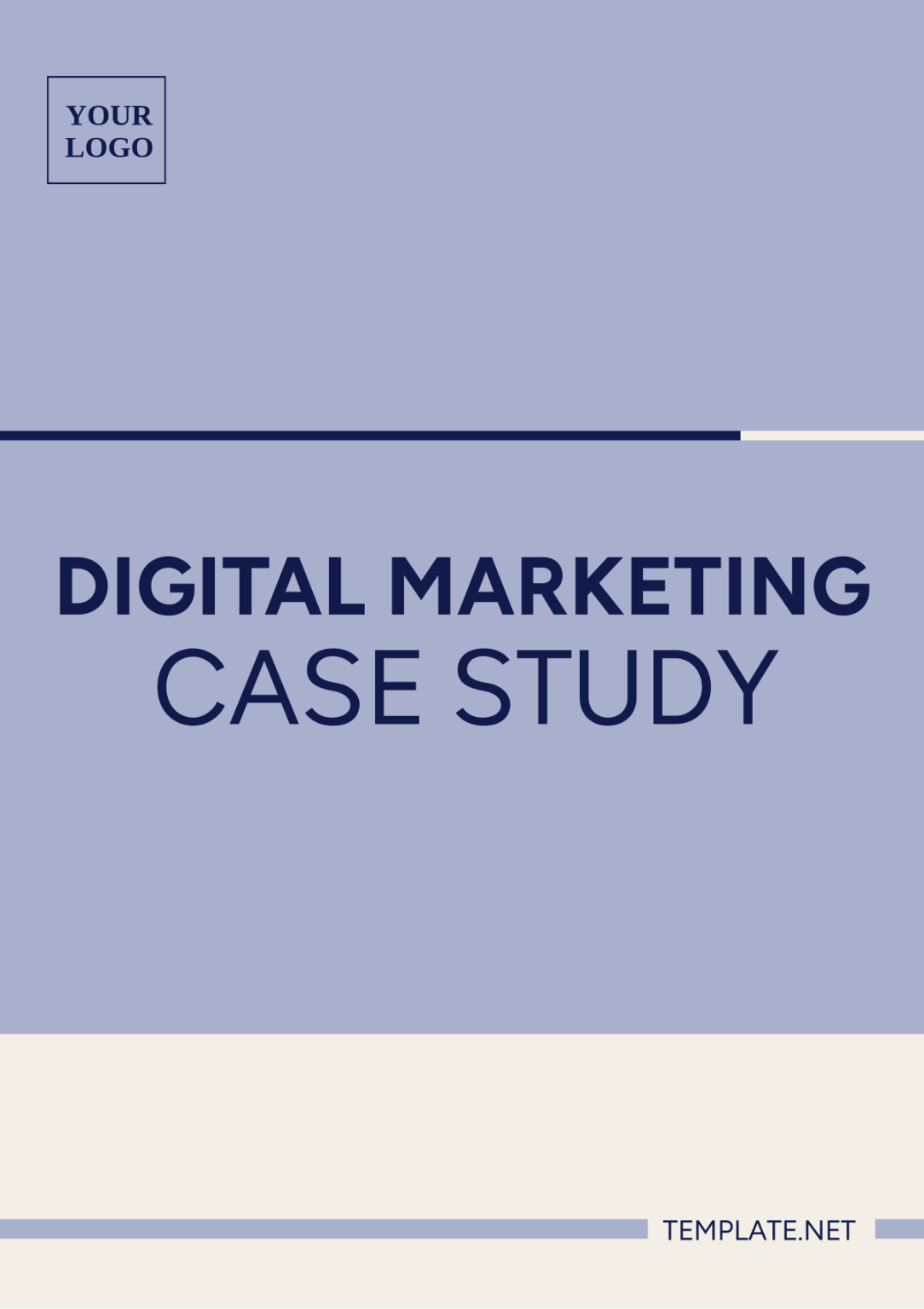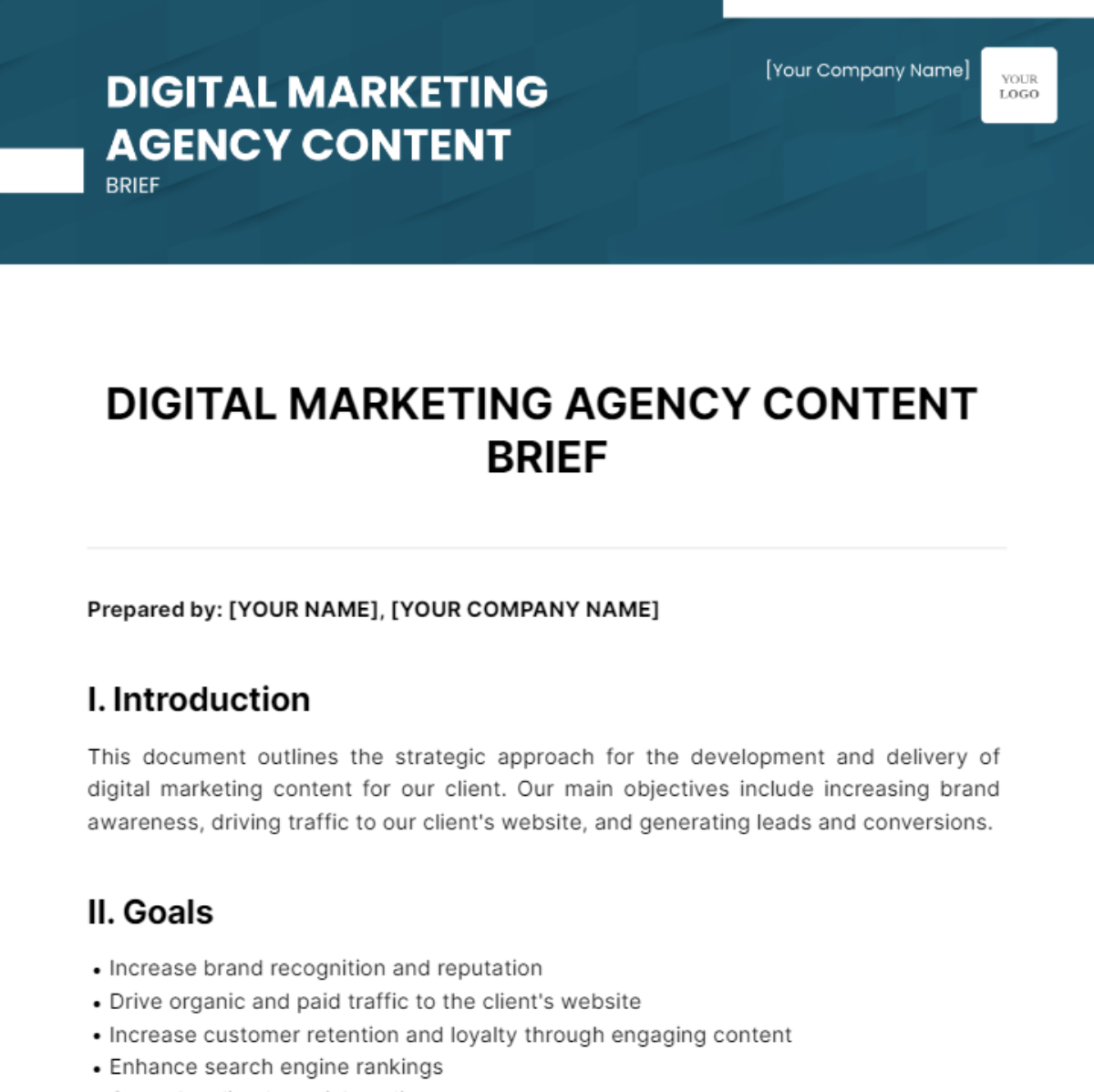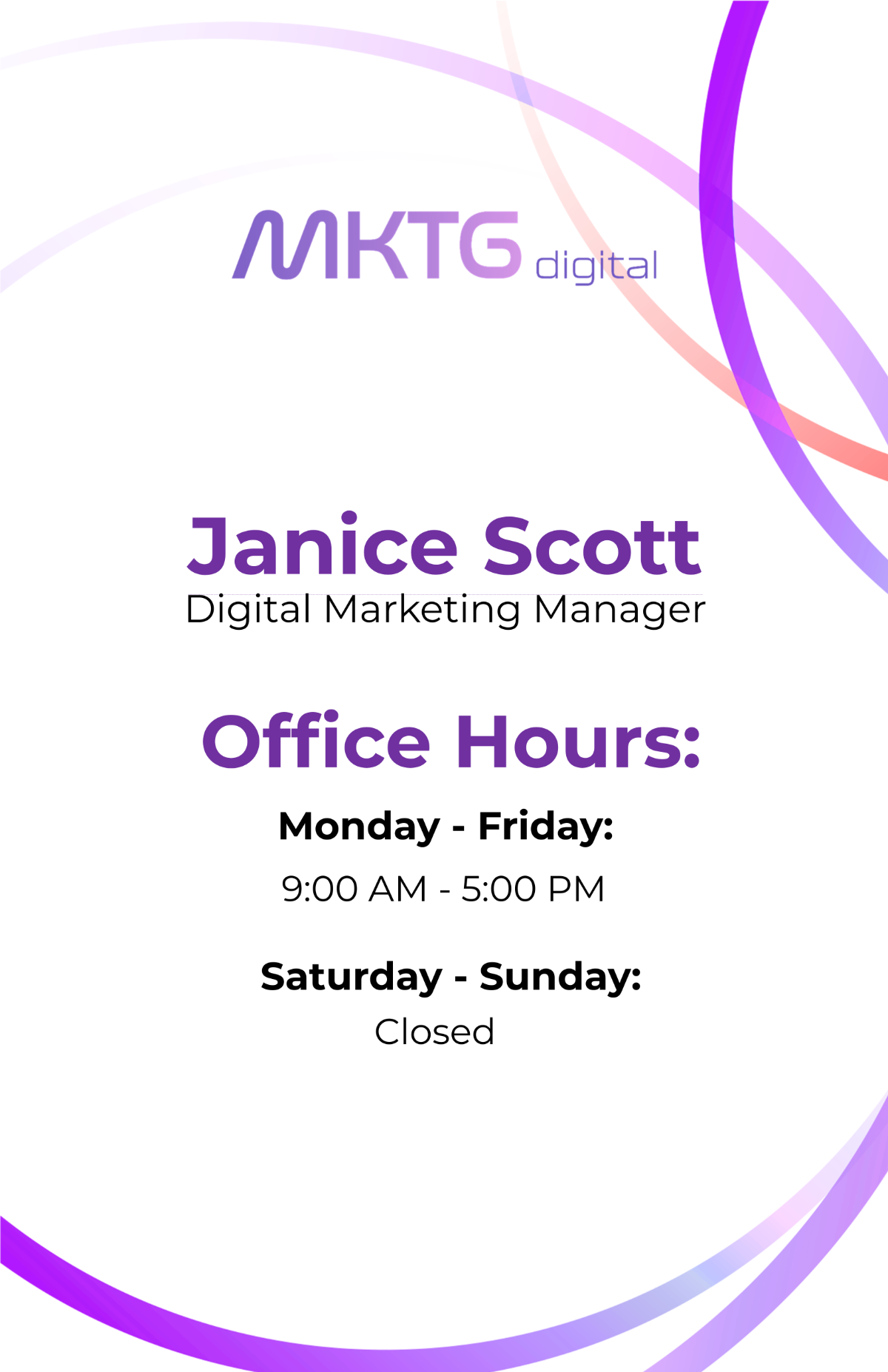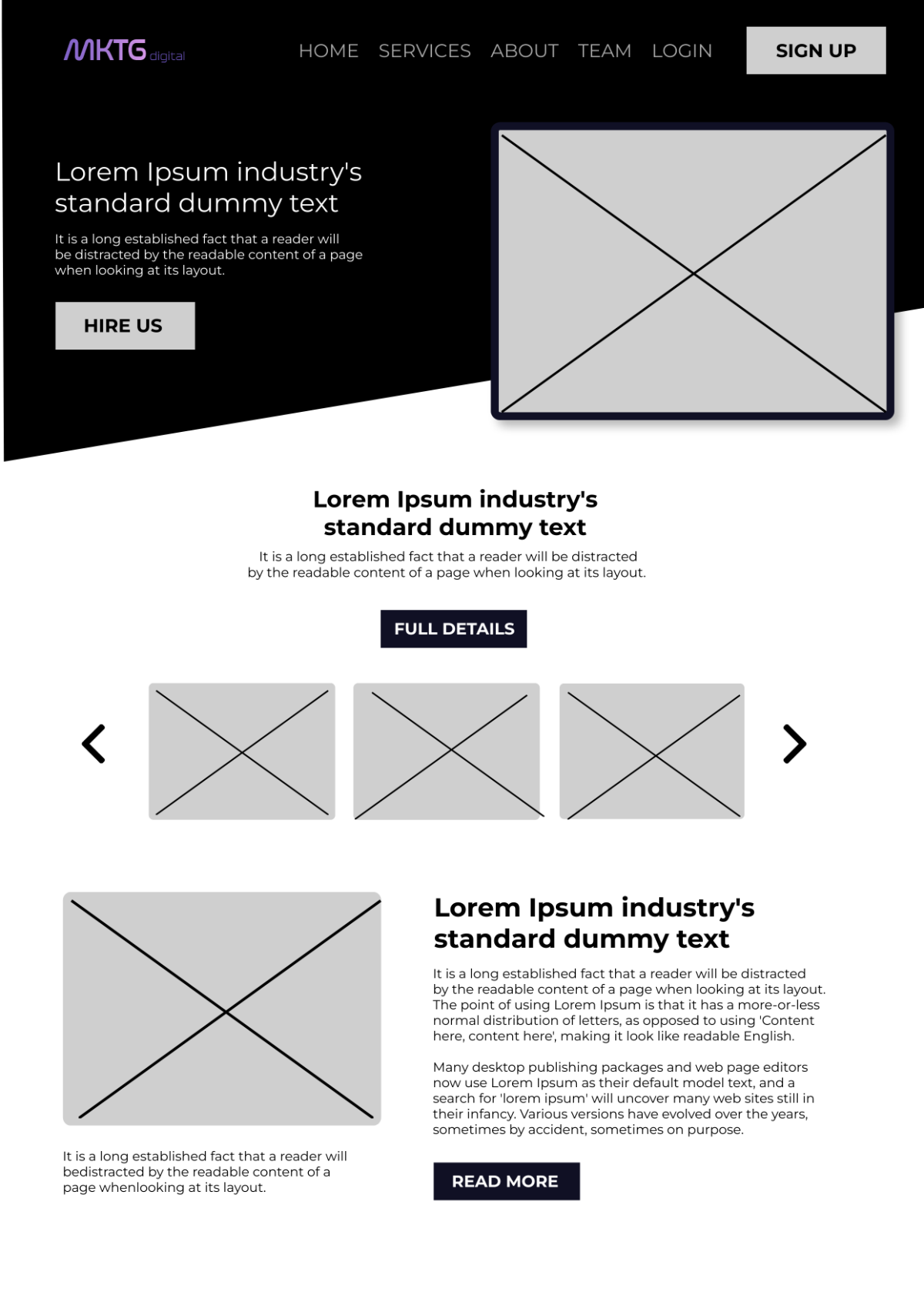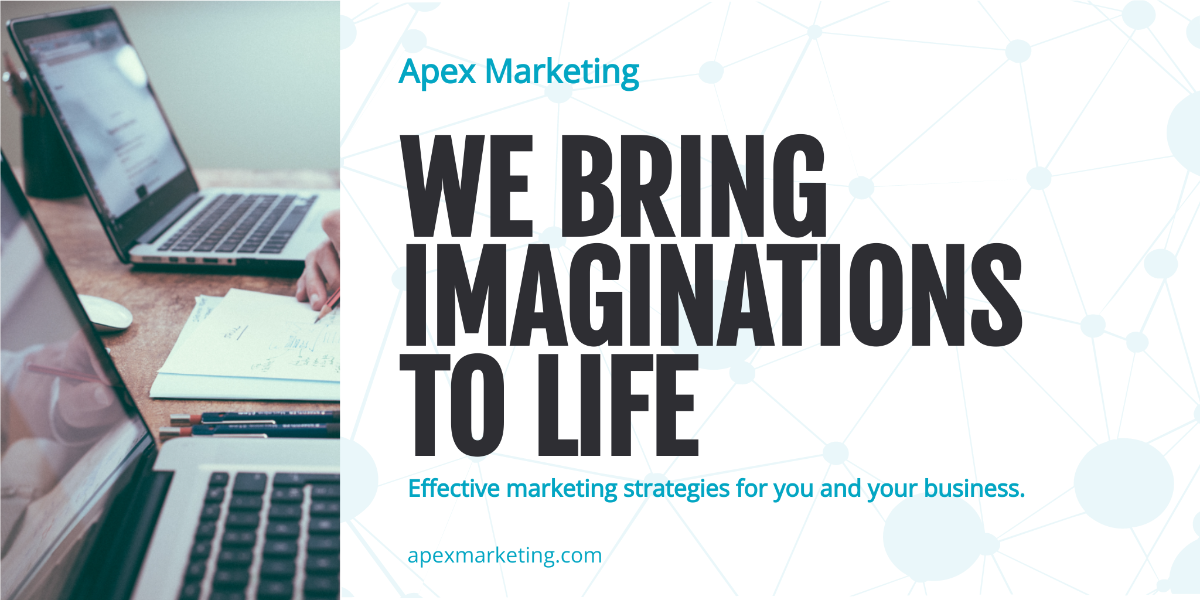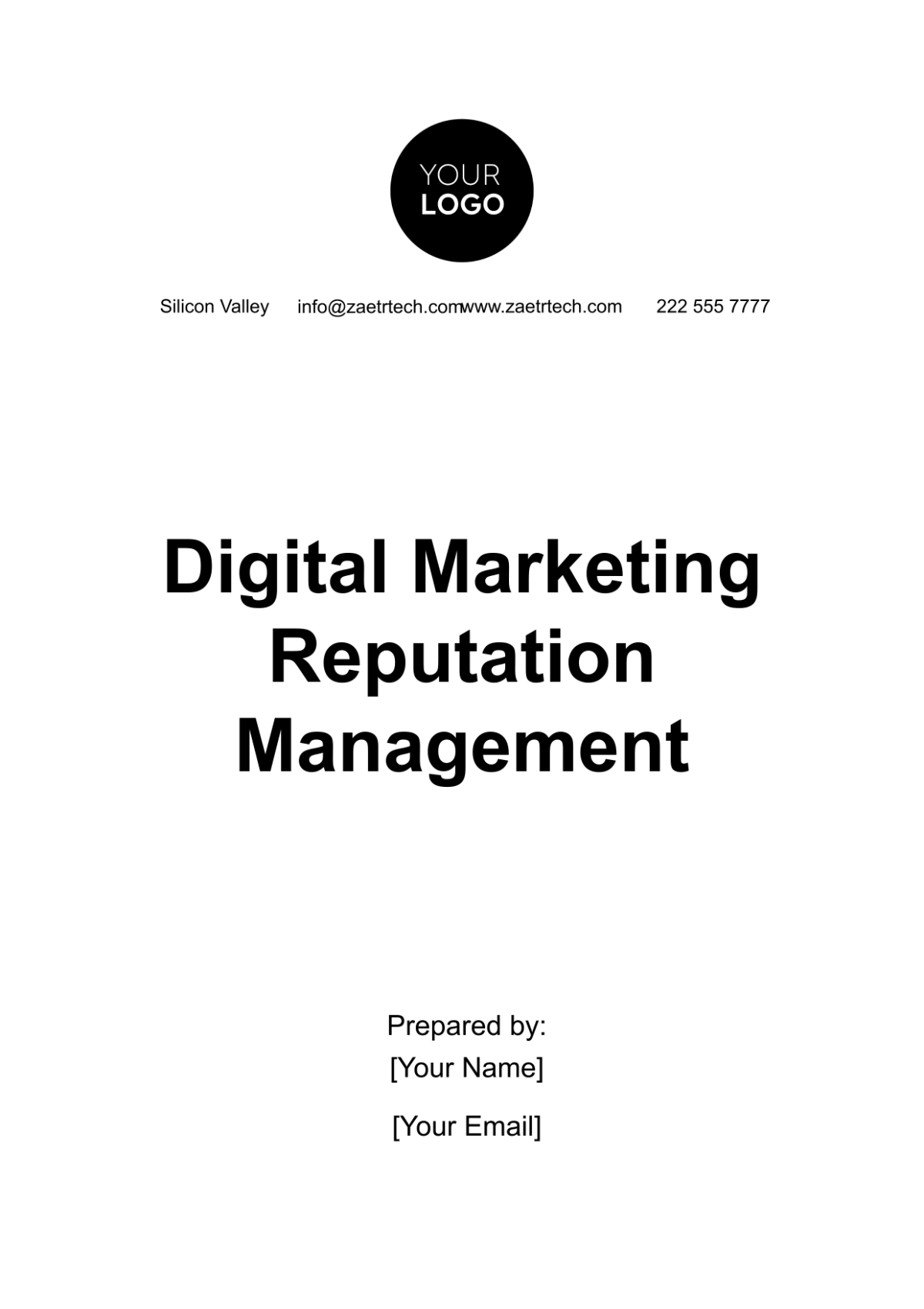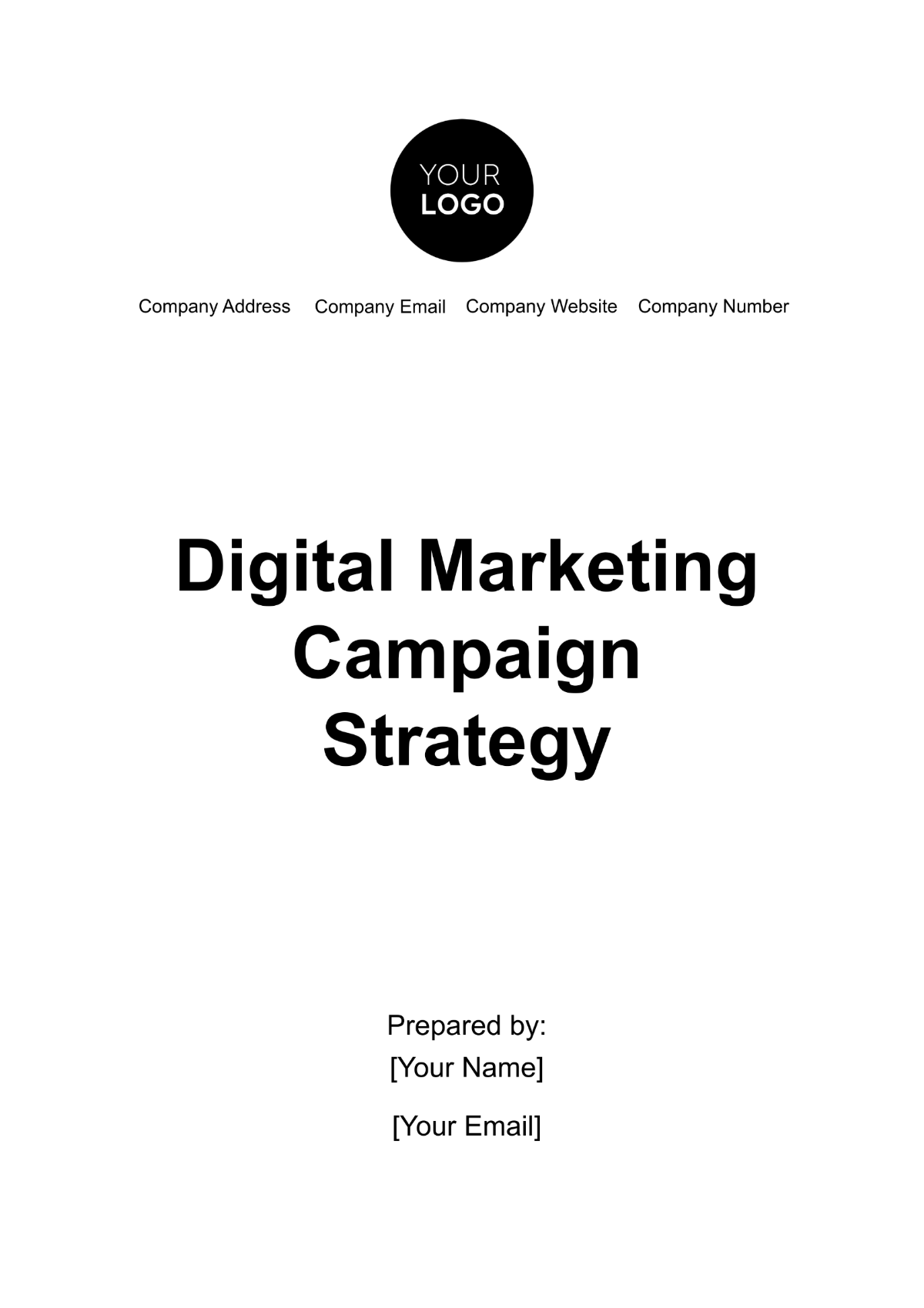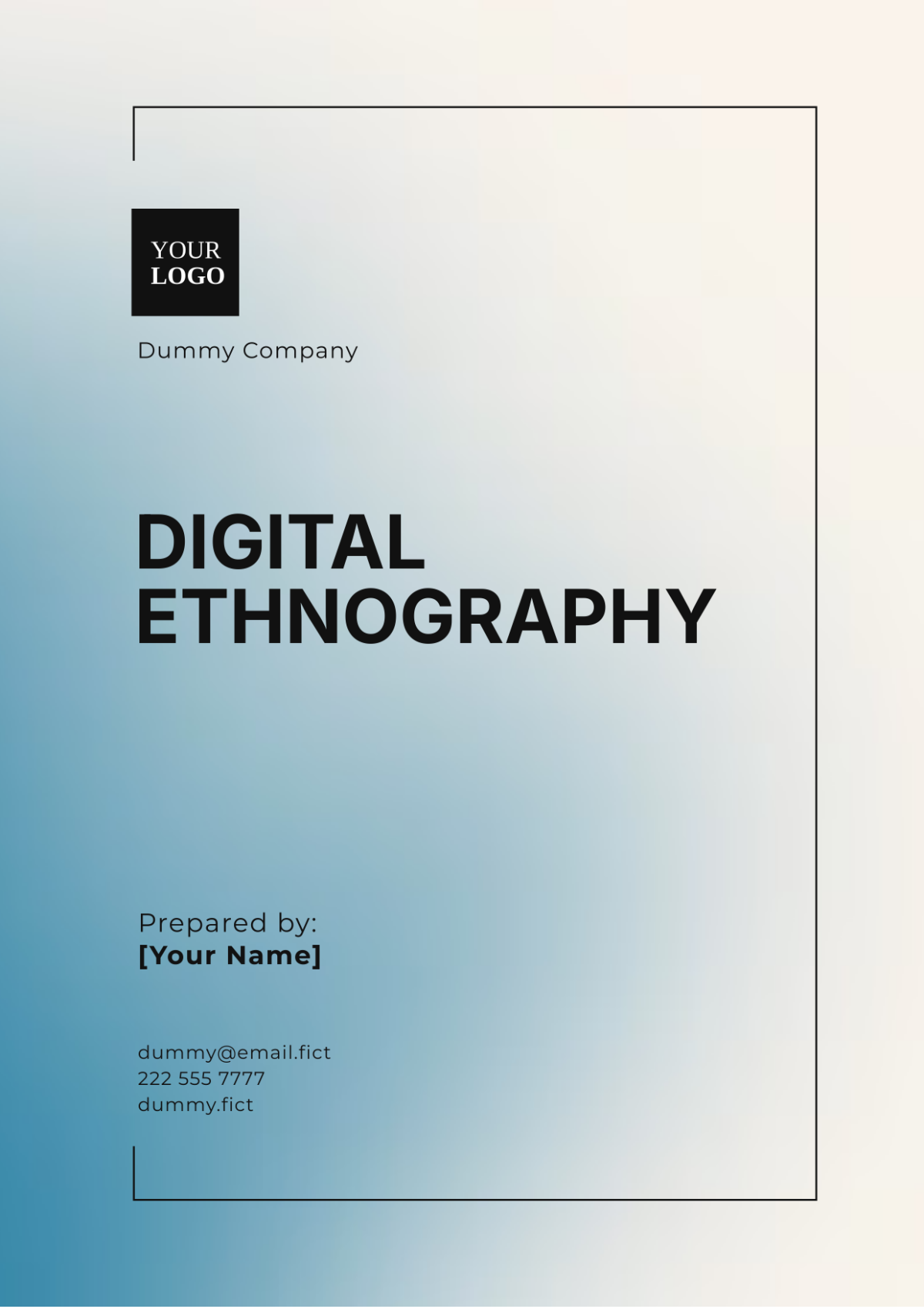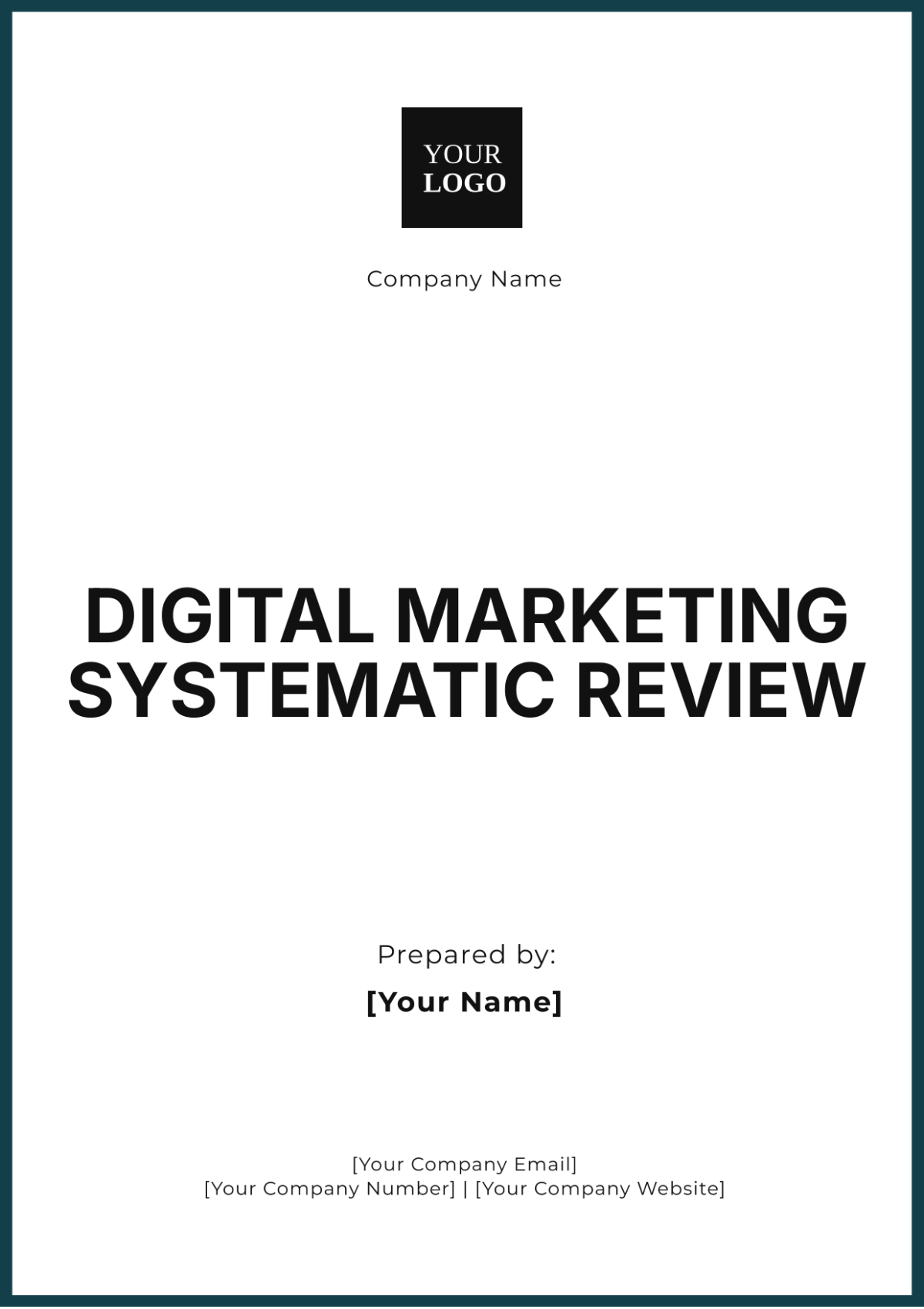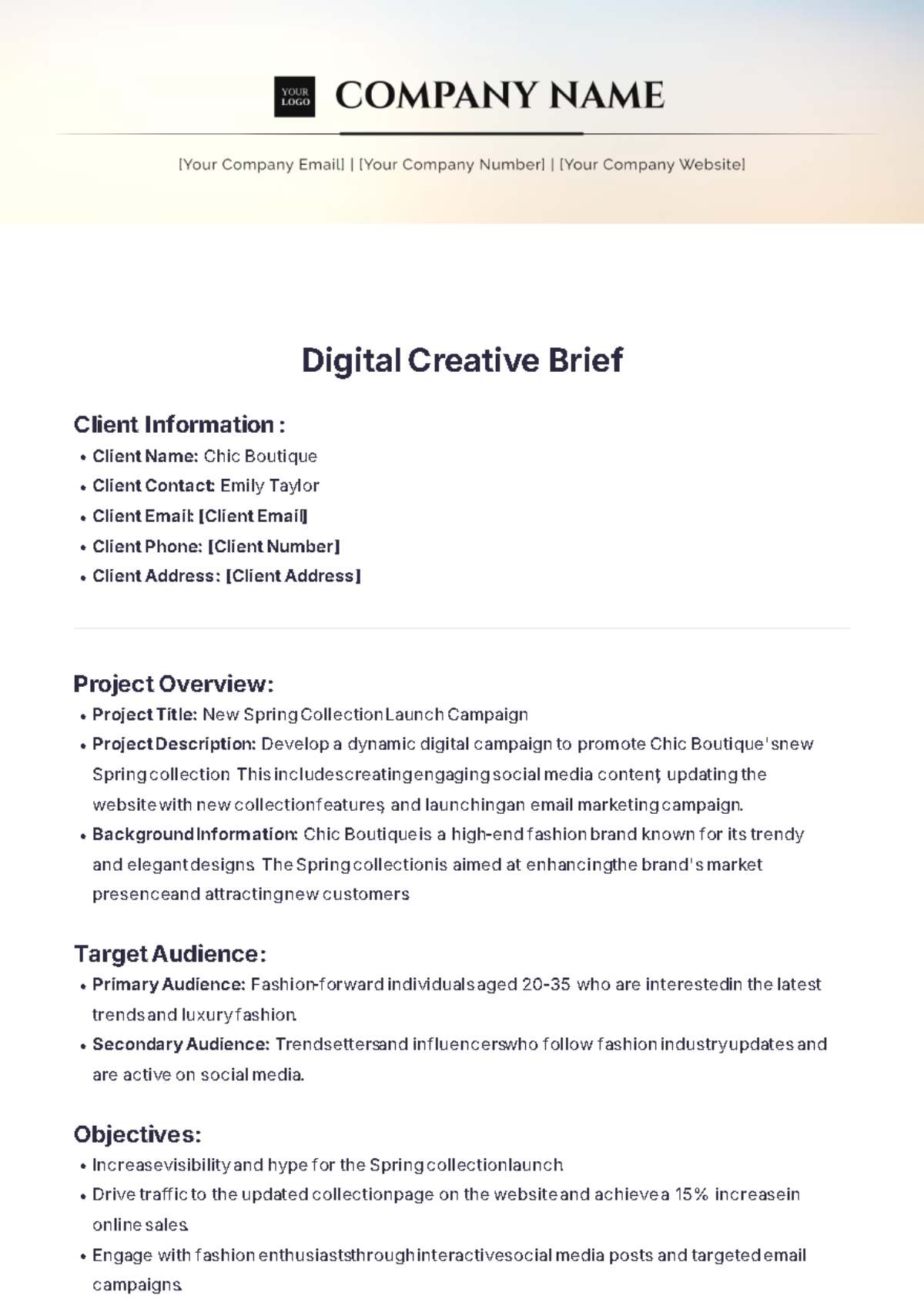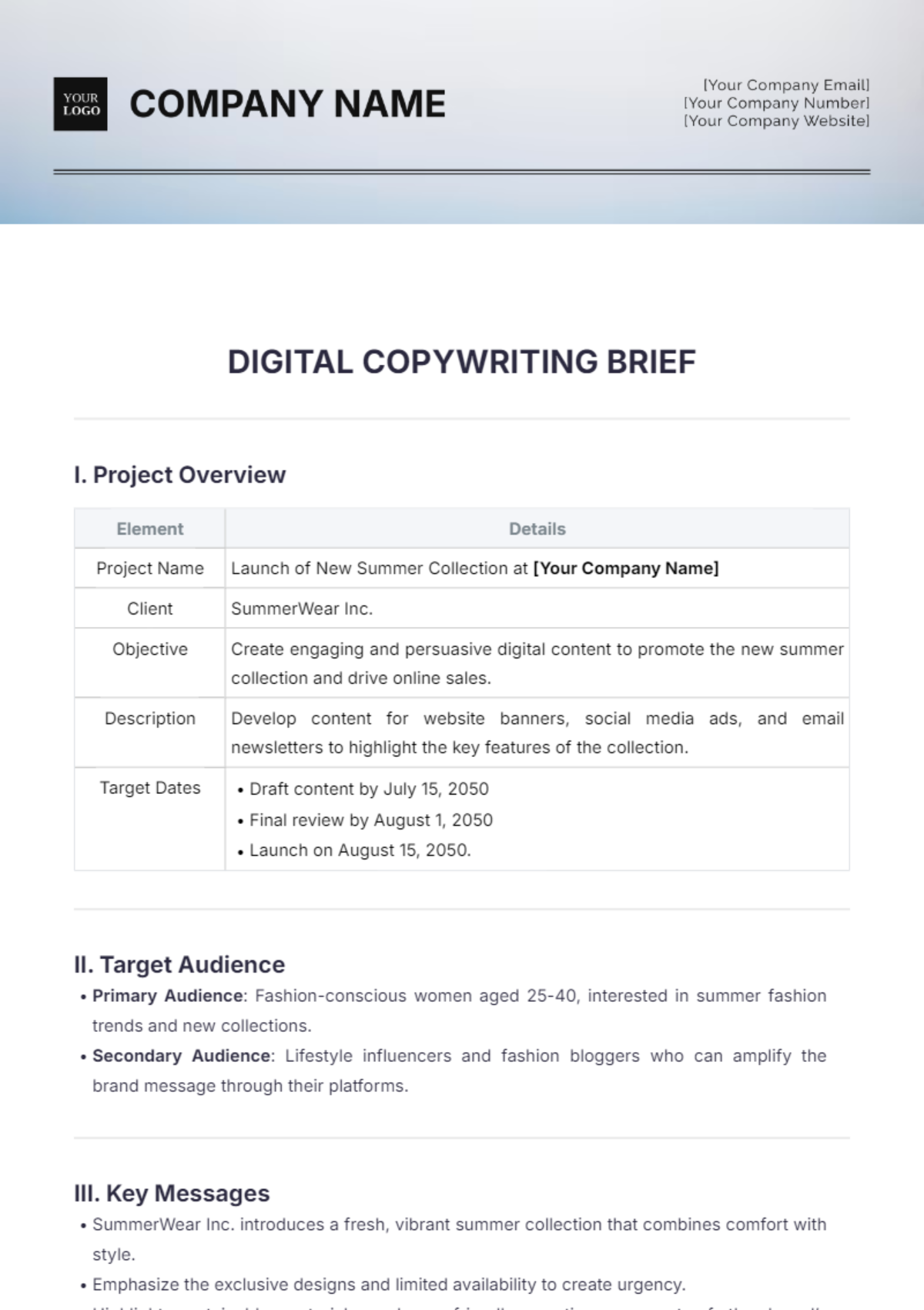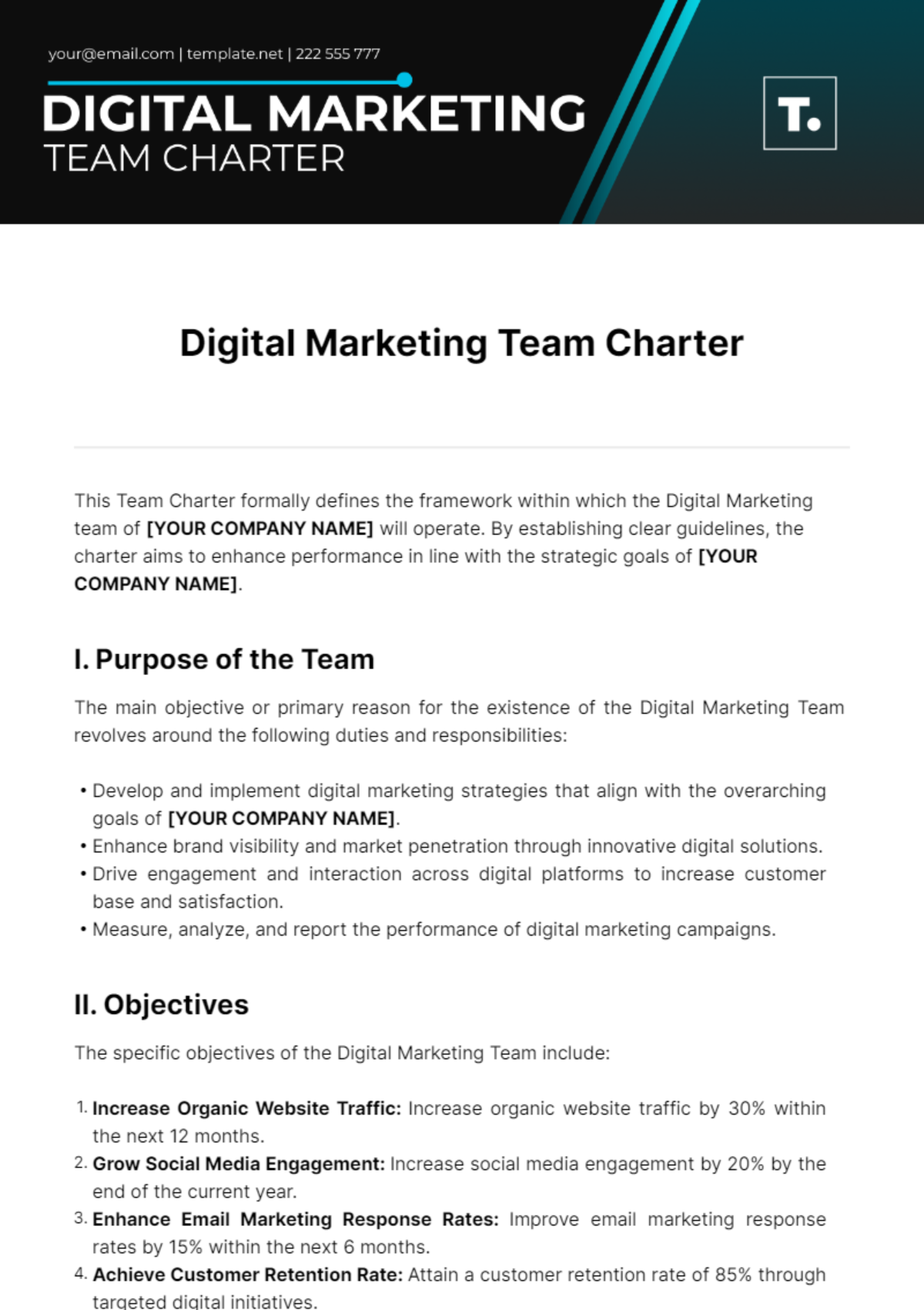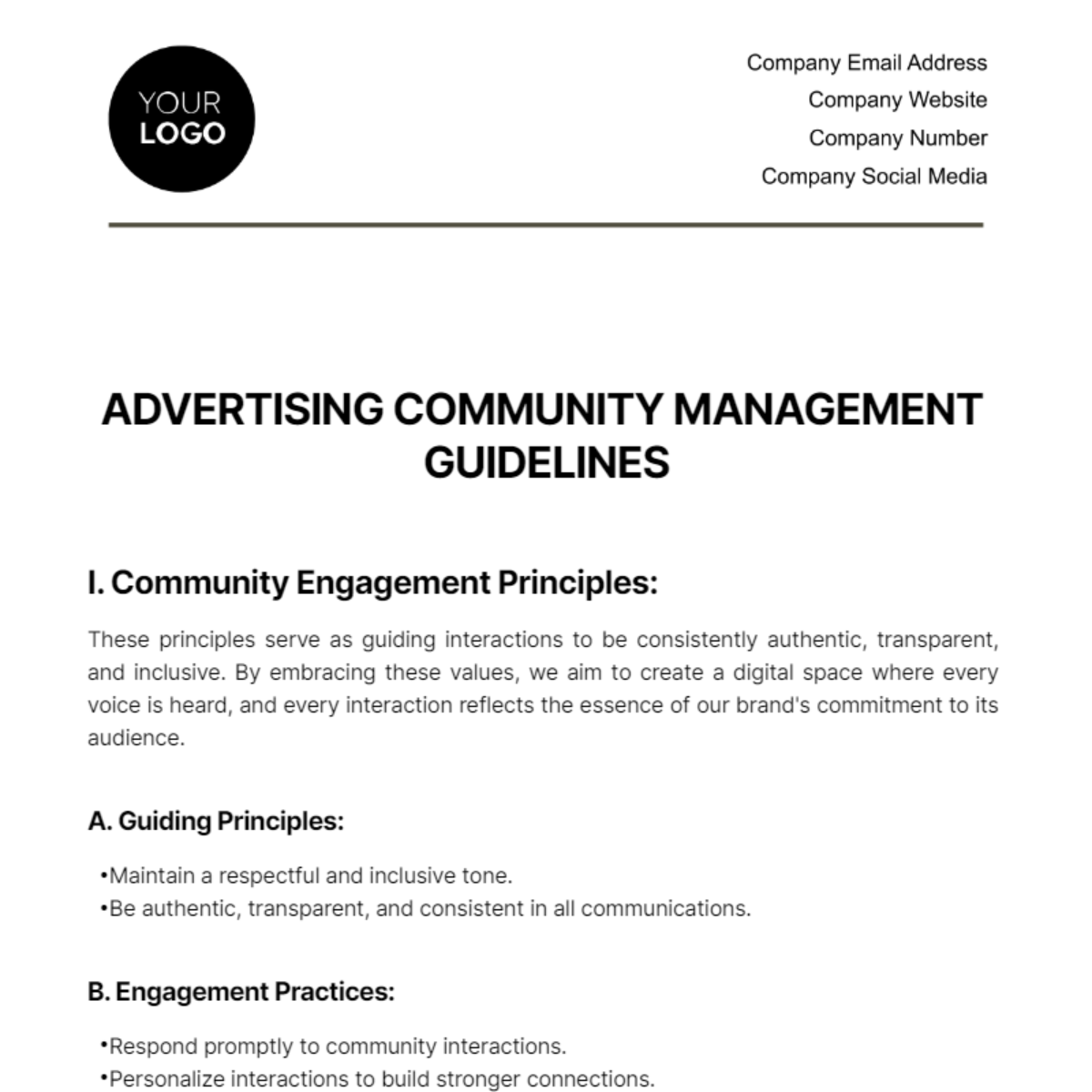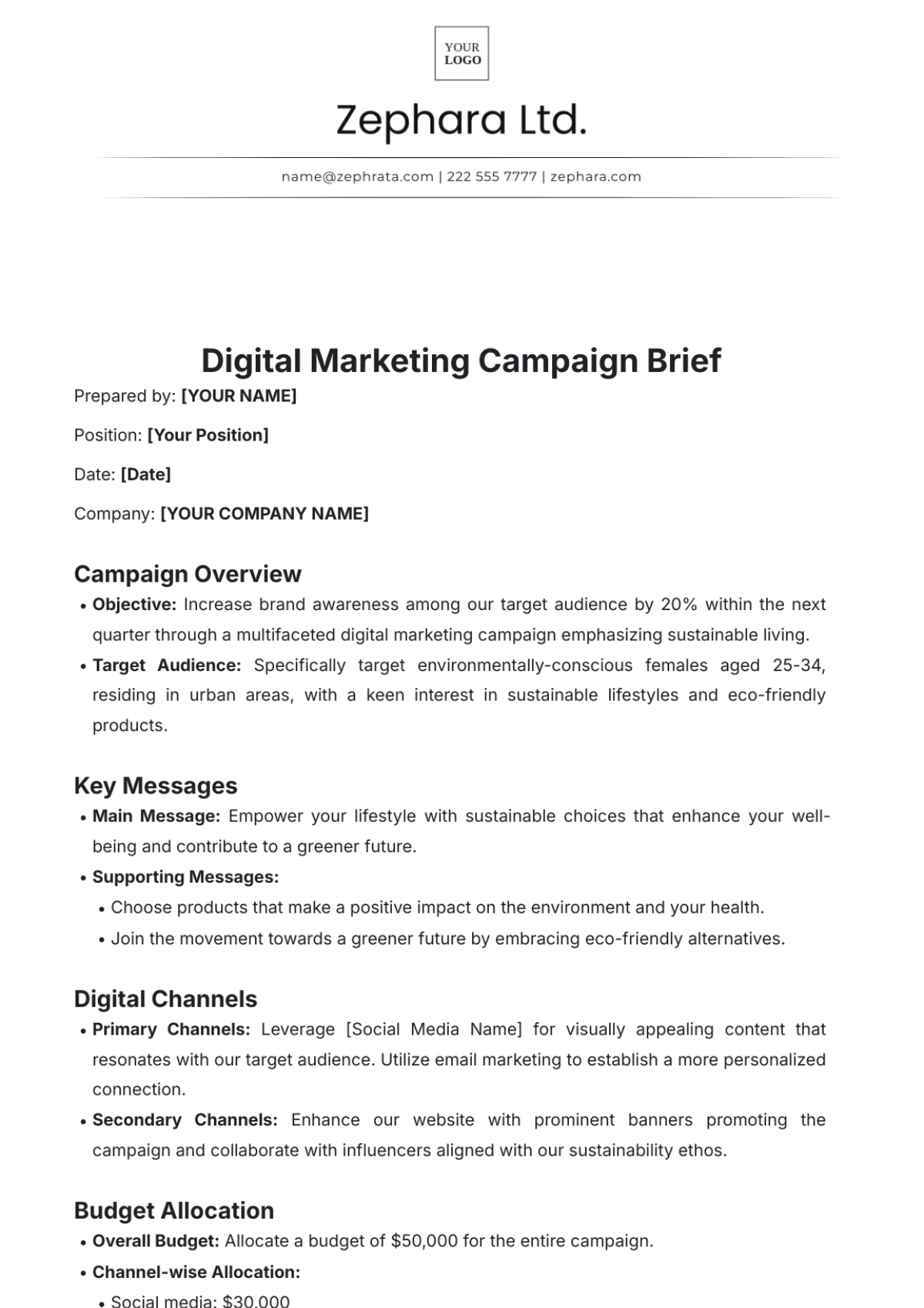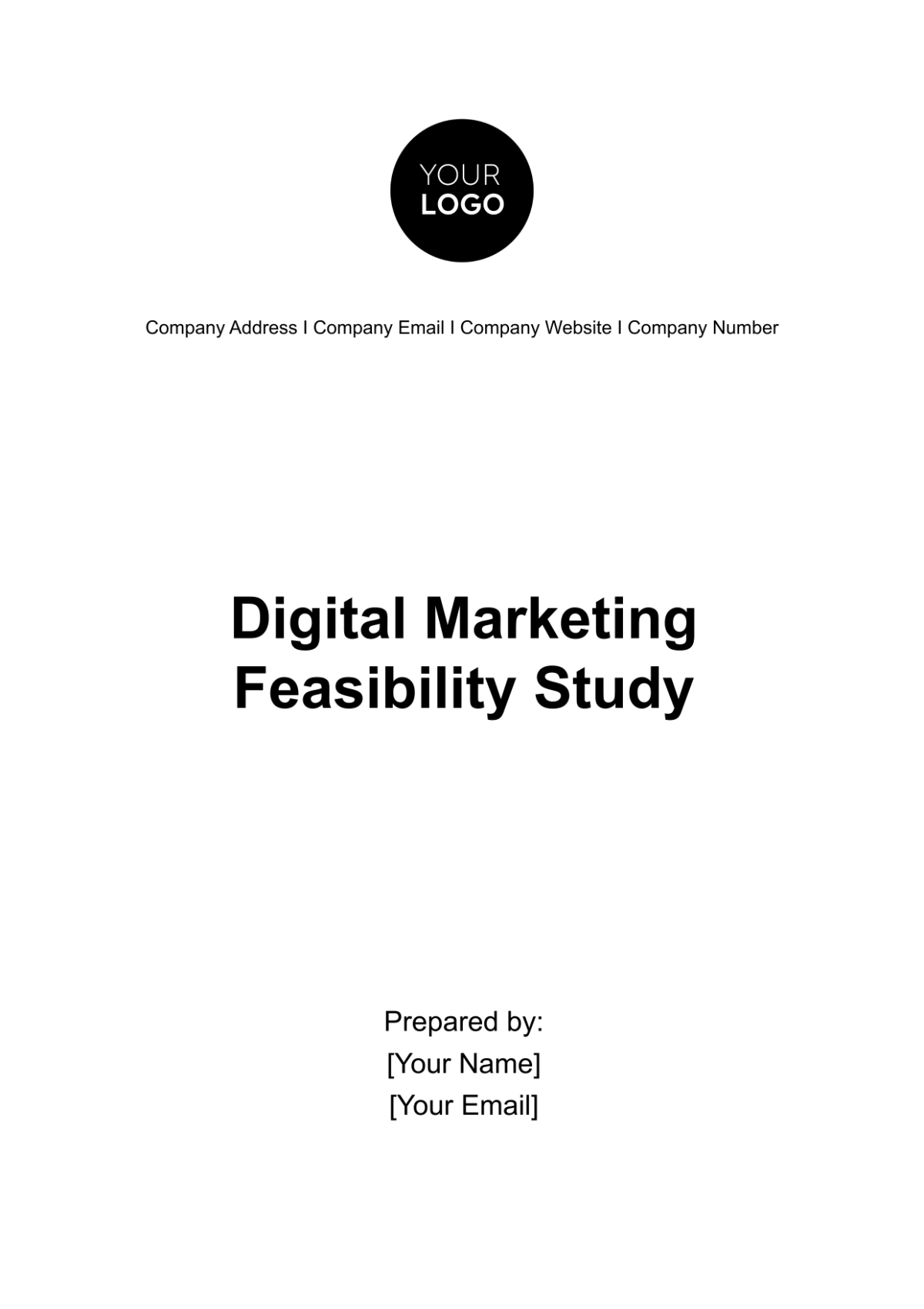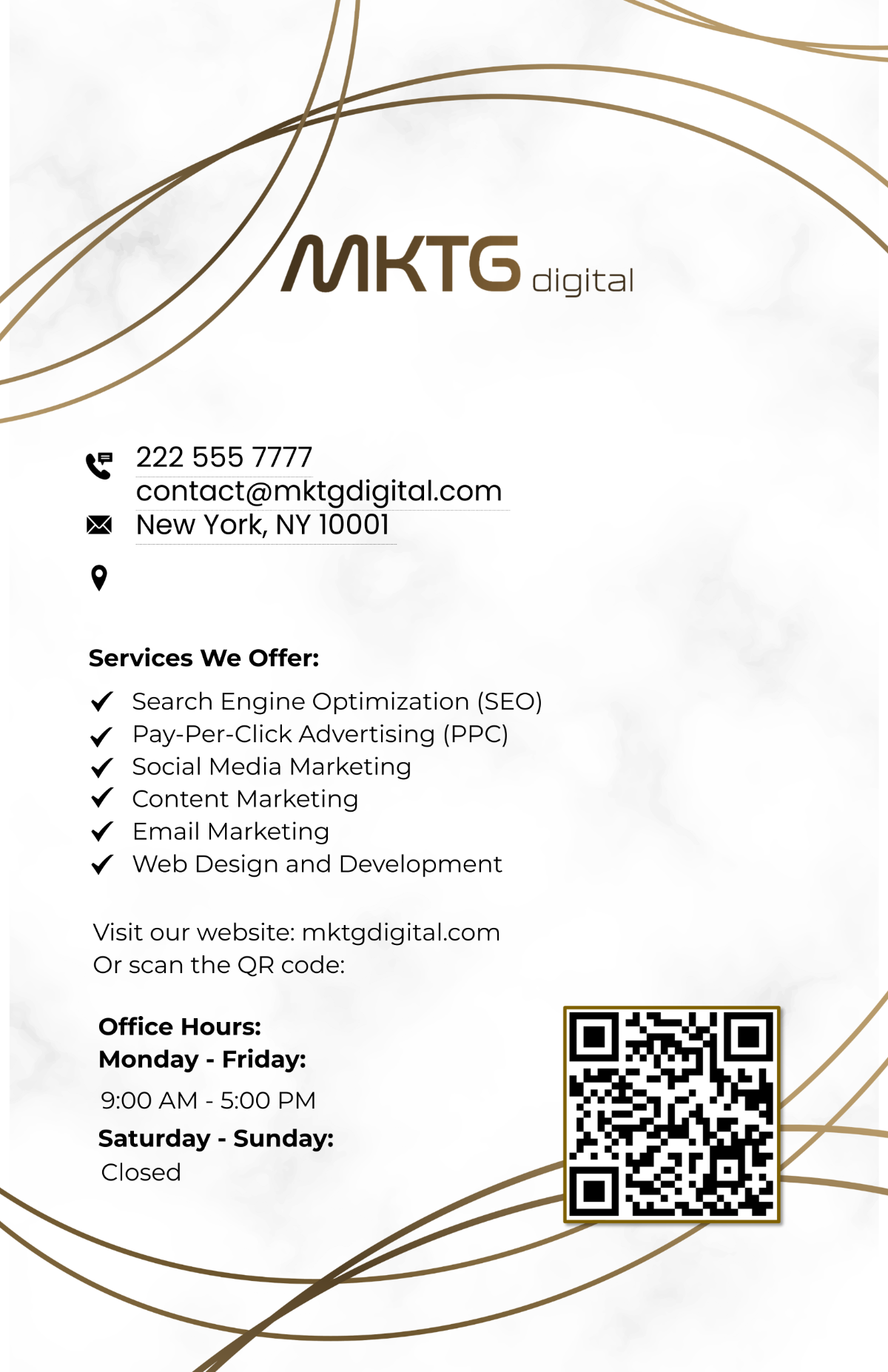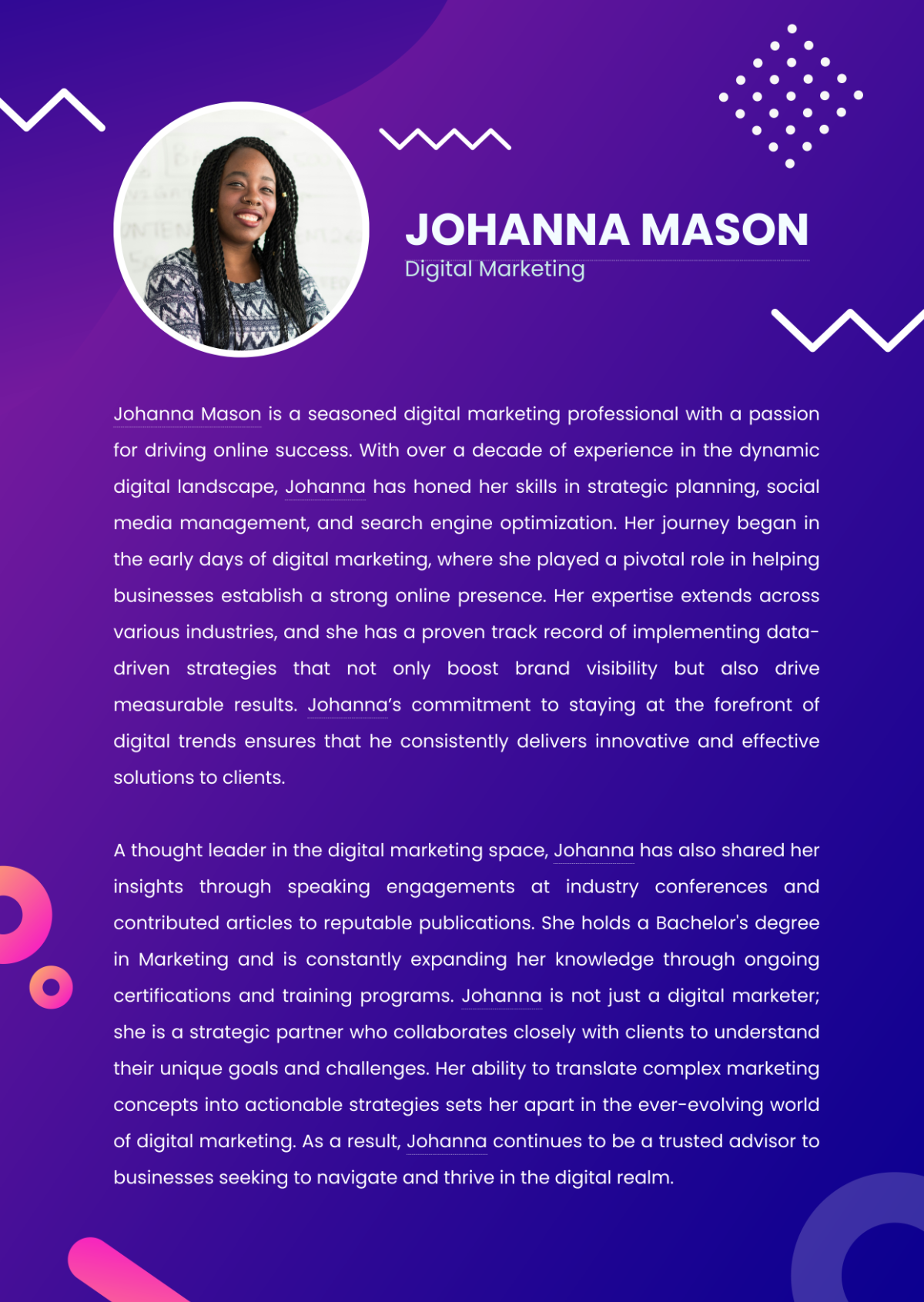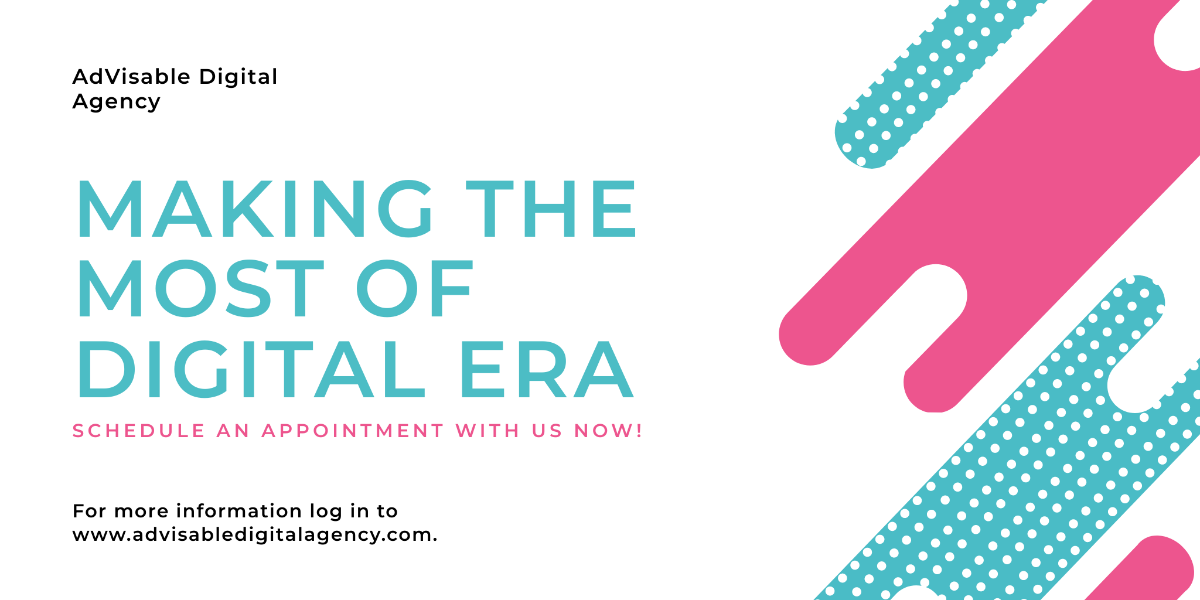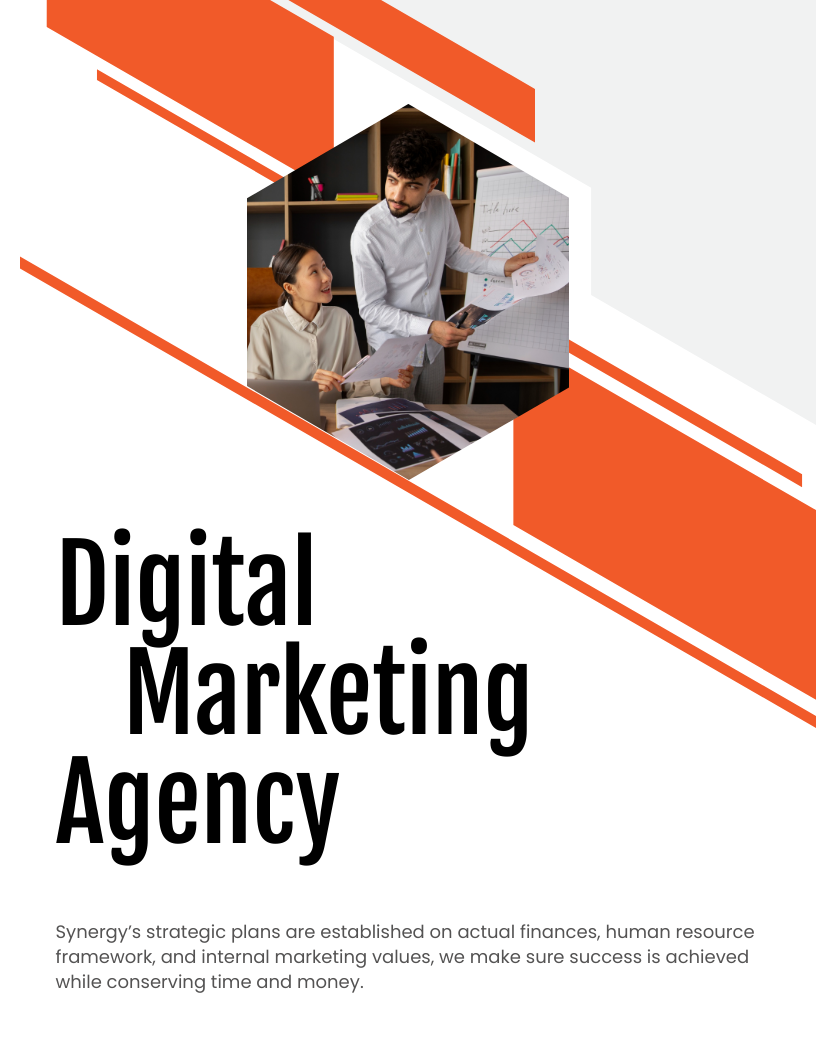Digital Marketing Reputation Management
I. Introduction
As we advance into 2050, the digital landscape for businesses is becoming increasingly intricate. Digital Marketing Reputation Management is no longer confined to addressing customer complaints or managing online reviews but has evolved into a sophisticated system incorporating advanced technologies like artificial intelligence (AI), augmented reality (AR), and blockchain. These technologies are reshaping how companies interact with their audience, manage their reputation, and influence public perception. For [Your Company Name], understanding and adapting to these changes is crucial to maintaining a robust and positive online presence. This guide will explore how [Your Company Name] can effectively navigate and excel in this evolving environment, ensuring sustained growth and success.
II. The Importance of Digital Reputation Management
In 2050, the necessity of a strong online reputation has become even more critical. The way consumers interact with brands has fundamentally shifted, and a company's digital footprint significantly impacts its success.
A. Trust and Credibility
Consumer Trust: According to recent studies, [85%] of consumers now rely on online reviews and ratings before making purchasing decisions. By 2050, this figure is expected to reach [95%]. The emphasis on digital trust is driven by AI-powered review systems that analyze sentiment and authenticity at unprecedented levels. For [Your Company Name], cultivating a positive online reputation means leveraging these advanced systems to ensure that all customer feedback is addressed promptly and effectively. An AI-driven reputation management system could, for instance, automatically highlight positive reviews and manage negative ones with personalized responses.
Corporate Credibility: The digital reputation of a company is now a primary determinant of its credibility. With an increase in digital interactions, maintaining a positive reputation online is vital for gaining and retaining consumer trust. For [Your Company Name], this involves not only monitoring but actively managing online content. Engaging with customers through various channels and addressing concerns transparently can significantly enhance credibility. For example, [Your Company Name] might implement a policy of responding to all customer feedback within [24 hours], ensuring that each interaction is handled with care and professionalism.
B. Consumer Decision-Making
Peer Influence: The impact of peer reviews on consumer decision-making is expected to grow, with predictions suggesting that [70%] of purchasing decisions will be influenced by online reviews and recommendations. This trend underscores the importance of a positive online reputation for [Your Company Name]. By actively engaging with satisfied customers and encouraging them to share their positive experiences, [Your Company Name] can harness the power of peer influence to drive new business.
Smart Algorithms: Search engine algorithms in 2050 will be increasingly sophisticated, using machine learning to prioritize content based on reputation scores. Companies with high reputation metrics will be more visible in search results, leading to increased traffic and higher conversion rates. For [Your Company Name], this means focusing on maintaining a strong online reputation to improve search engine rankings. Regularly updating content, engaging with customers, and managing reviews will all contribute to a favorable reputation score.
C. Search Engine Optimization (SEO)
Search Visibility: In the future, search engines will integrate reputation metrics directly into their ranking algorithms. This means that companies with higher trust and authority will rank better in search results. For [Your Company Name], investing in reputation management will enhance SEO efforts, driving organic traffic and increasing visibility. Ensuring that positive reviews, quality content, and customer engagement are prioritized will help improve search engine rankings.
Reputation as a Ranking Factor: Search engines will increasingly use reputation as a direct ranking factor. High-quality, positive feedback will boost [Your Company Name]’s position on search results pages, while negative feedback can have the opposite effect. By actively managing online reviews and engaging with customers, [Your Company Name] can influence its reputation positively and improve its SEO performance.
III. Key Elements of Digital Marketing Reputation Management
A. Online Review Management
Managing Customer Feedback: Effective management of customer feedback involves both addressing and leveraging online reviews. For instance, AI-driven tools can categorize feedback into various sentiment categories, helping [Your Company Name] to understand customer sentiments better. By responding to reviews with personalized, empathetic messages, [Your Company Name] can improve customer satisfaction and loyalty. Additionally, addressing negative reviews publicly with thoughtful responses can demonstrate a commitment to customer service and problem-solving.
Proactive Review Generation: Encouraging satisfied customers to leave positive reviews is an essential part of maintaining a strong reputation. Automated systems can facilitate this process by sending follow-up emails or notifications after a purchase, prompting customers to share their experiences. For example, [Your Company Name] might implement an automated review solicitation system that sends a personalized thank-you note and a request for feedback shortly after a transaction.
Review Sentiment Analysis: Advanced sentiment analysis tools can provide real-time insights into the emotional tone of reviews. This allows [Your Company Name] to quickly identify and address emerging issues or capitalize on positive trends. For example, if sentiment analysis reveals an increase in positive feedback about a new product feature, [Your Company Name] can highlight this in marketing materials and social media posts.
B. Social Media Monitoring
Real-Time Social Listening: Social media monitoring tools will become increasingly sophisticated, offering real-time tracking of brand mentions, sentiment, and engagement. For [Your Company Name], utilizing these tools will enable rapid identification of trends and potential issues. For instance, real-time alerts can notify [Your Company Name] of a sudden spike in mentions or negative sentiment, allowing for immediate action.
Engagement and Response: Timely and appropriate responses to social media interactions will be crucial. Consumers will expect brands to respond to inquiries, complaints, and feedback almost instantly. Automated response systems, enhanced with NLP capabilities, can ensure that [Your Company Name] maintains a consistent and prompt presence online. For example, an automated system might send a personalized acknowledgment to every customer query received on social media, with a follow-up from a human representative if needed.
Platform-Specific Strategies: Each social media platform will have its own unique engagement requirements. For example, AR-based platforms may require interactive content, while traditional platforms might focus more on text and images. [Your Company Name] will need to tailor its strategy to each platform, utilizing the appropriate format and content type to engage effectively with its audience.
C. Search Engine Reputation Management (SERM)
Search Visibility: Enhancing search visibility involves optimizing content and managing online reputation to ensure favorable rankings. For [Your Company Name], this means consistently producing high-quality, relevant content and managing online interactions to positively influence search engine algorithms. Regularly updating website content, engaging with online reviews, and addressing negative feedback will all contribute to improved search visibility.
Suppression of Negative Content: Effective SERM strategies will involve techniques to push down negative content in search results. This may include creating and promoting positive content, leveraging SEO best practices, and addressing negative press through strategic public relations efforts. For example, [Your Company Name] might publish a series of blog posts highlighting positive customer experiences and innovations to overshadow any negative content that appears in search results.
D. Influencer and Thought Leadership Management
Influencer Collaborations: Partnering with influencers who align with [Your Company Name]’s brand values can enhance credibility and reach. Influencers in 2050 will be more integrated into AR/VR experiences, offering immersive ways to engage with the audience. For instance, collaborating with a popular AR influencer to create a virtual product demonstration can attract attention and build positive brand associations.
Establishing Thought Leadership: Building thought leadership involves positioning key figures within [Your Company Name] as experts in their field. Regularly publishing articles, participating in industry forums, and speaking at conferences will enhance the company's reputation as a leader in its industry. Thought leadership will help to build trust and authority, influencing both consumer perceptions and industry opinions.
IV. Reputation Risk Management
A. Crisis Management
Crisis Identification: Early detection of potential crises is crucial for effective management. AI-driven tools can monitor online conversations and detect emerging issues before they escalate. For [Your Company Name], this means leveraging advanced analytics to identify and address potential threats proactively. For example, AI systems might flag an unusual increase in negative sentiment, allowing [Your Company Name] to investigate and address the issue before it becomes a larger crisis.
Crisis Response: In 2050, rapid and effective crisis response will be essential. Automated systems can provide immediate, empathetic responses, while human teams develop long-term solutions. For [Your Company Name], having a crisis management plan in place, including predefined response protocols and communication strategies, will ensure a coordinated and effective response to any issues that arise.
Post-Crisis Recovery: Recovering from a crisis involves not only addressing the immediate fallout but also rebuilding reputation and trust. For [Your Company Name], this may include engaging in positive PR campaigns, reaching out to affected customers, and implementing changes based on feedback. Post-crisis recovery efforts should focus on demonstrating a commitment to improvement and transparency.
B. Handling Negative Publicity
Corrective Content Creation: Generating positive, corrective content can help counteract negative publicity. By creating high-quality articles, blog posts, and multimedia content that address issues or highlight positive aspects of the company, [Your Company Name] can improve public perception. For instance, publishing an in-depth blog post addressing recent criticisms and outlining steps taken to improve can help mitigate the impact of negative press.
Collaborating with Media: Building strong relationships with media outlets will allow [Your Company Name] to quickly address negative coverage and share accurate information. By providing exclusive content, participating in interviews, and maintaining open lines of communication with journalists, [Your Company Name] can influence media narratives and improve its public image.
C. Monitoring and Mitigating Fake News
AI Detection of Misinformation: Artificial intelligence will play a crucial role in identifying and combating fake news. AI systems will scan digital platforms for suspicious activity, detect patterns indicative of misinformation, and flag or remove false content. For [Your Company Name], integrating AI-powered tools to monitor online content will ensure that misinformation is addressed swiftly. For example, AI could detect a coordinated effort to spread false information about [Your Company Name] and alert the team to take corrective measures.
Using Blockchain for Verification: Blockchain technology will provide an additional layer of verification for online content. By recording and verifying the authenticity of reviews, news articles, and other digital content, blockchain can help combat misinformation. For [Your Company Name], implementing blockchain solutions could involve verifying the authenticity of customer reviews and media mentions, ensuring that only credible information is disseminated.
V. Tools and Technologies for Reputation Management in 2050
A. Artificial Intelligence (AI)
AI will be central to reputation management in 2050, automating tasks such as sentiment analysis, review management, and customer interaction. AI-driven systems can analyze vast amounts of data to provide insights into customer sentiment, identify trends, and predict potential issues. For [Your Company Name], utilizing AI tools will streamline reputation management efforts and enhance overall efficiency. For instance, AI-powered chatbots can handle customer inquiries and complaints 24/7, providing immediate responses and freeing up human resources for more complex tasks.
B. Blockchain
Blockchain technology will offer transparency and security in managing online reputation. By creating an immutable ledger of online reviews, media content, and customer interactions, blockchain can help verify the authenticity of digital information. For [Your Company Name], this could mean using blockchain to ensure that customer reviews are genuine and to prevent tampering with feedback. Implementing blockchain solutions can also enhance trust by providing clear, verifiable records of interactions and transactions.
C. Augmented Reality (AR) and Virtual Reality (VR)
Immersive Customer Engagement: AR and VR technologies will revolutionize customer engagement by providing interactive and immersive experiences. For [Your Company Name], this could involve creating virtual product demonstrations, interactive AR ads, or VR-based customer service experiences. For example, customers could use AR to visualize how a product fits into their environment before purchasing, enhancing their overall experience and satisfaction.
Interactive Reviews: AR-enhanced review systems will allow users to interact with feedback in new and engaging ways. By incorporating AR elements into review platforms, [Your Company Name] can offer a more dynamic and immersive review experience. For instance, AR could be used to showcase user testimonials in a virtual setting, providing a more compelling and interactive presentation of customer feedback.
D. Sentiment Analysis Tools
Advanced sentiment analysis tools will provide real-time insights into how [Your Company Name] is perceived online. These tools will analyze customer reviews, social media posts, and other online content to gauge public sentiment and identify potential issues. For [Your Company Name], leveraging sentiment analysis will enable timely responses to negative feedback and help capitalize on positive trends. For example, if sentiment analysis reveals a growing positive response to a new product feature, [Your Company Name] can highlight this feedback in marketing campaigns.
E. Predictive Analytics
Predictive analytics will allow [Your Company Name] to anticipate shifts in public sentiment and reputation. By analyzing historical data and current trends, predictive models can forecast potential issues or opportunities, enabling proactive management strategies. For example, predictive analytics could identify emerging trends in customer preferences or potential reputation risks, allowing [Your Company Name] to adjust its strategies accordingly.
VI. Best Practices for Reputation Management
A. Consistency Across Platforms
Maintaining a consistent brand message across all digital platforms will be essential for effective reputation management. In 2050, this will involve coordinating messaging across websites, social media, review sites, and immersive AR/VR platforms. For [Your Company Name], ensuring consistency means aligning all communications and interactions with the company’s core values and messaging. This could involve creating a comprehensive content strategy that integrates messaging across various platforms and channels.
B. Transparent Communication
Transparency in communication will be vital for building and maintaining trust. By openly addressing issues, providing accurate information, and acknowledging mistakes, [Your Company Name] can foster a positive reputation. For example, if a product recall occurs, [Your Company Name] should provide clear and honest information about the issue, the steps being taken to address it, and how customers can obtain support or replacements.
C. Ethical Behavior
Ethical behavior will play a crucial role in reputation management, with consumers holding companies to high standards of integrity and accountability. For [Your Company Name], this means adhering to ethical practices in all aspects of business operations, from marketing and customer interactions to product development and corporate social responsibility. Implementing robust ethical guidelines and regularly reviewing and updating them will help ensure that [Your Company Name] maintains a positive reputation.
D. Proactive Management
Proactive reputation management involves anticipating and addressing potential issues before they escalate. For [Your Company Name], this means continuously monitoring online sentiment, engaging with customers, and implementing improvements based on feedback. Proactive strategies might include conducting regular reputation audits, investing in customer relationship management tools, and staying informed about industry trends and emerging issues.
VII. Conclusion
As we move into the year 2050, digital reputation management will continue to evolve, driven by advancements in AI, blockchain, AR, and VR. For [Your Company Name], navigating this complex landscape will require a comprehensive approach that incorporates advanced tools and technologies, adheres to best practices, and remains agile in response to changing trends and consumer expectations. By leveraging these innovations and maintaining a strong focus on trust, transparency, and ethical behavior, [Your Company Name] can effectively manage its digital reputation, enhance its online presence, and achieve long-term success in the competitive digital marketplace.
In summary, staying ahead of reputation management trends and implementing cutting-edge tools and strategies will be crucial for [Your Company Name] to thrive in the digital age. By focusing on proactive management, leveraging advanced technologies, and maintaining consistent and transparent communication, [Your Company Name] will ensure a robust and positive reputation well into the future.
